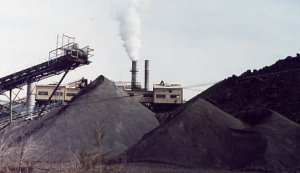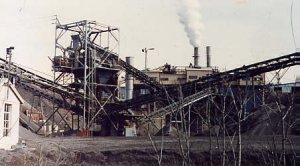Does anyone know of a trackside industry that fits the following criteria: is a concrete recycler that takes demolished concrete scrape via truck and crushes, recycles the concrete into aggregate for use at a ready-mix facility?
I have seen these concrete recycler facilities at several locations and all the loads in/out seem to be via truck. I know that there are bulk cement facilities and some trans-loading facilities of bulk cement that are all served by rail. However, I have never seen a concrete recycler, bulk cement and ready-mix facility combined into one large facility that is served by rail. Does such a facility exist and where is it located?
I have seen these concrete recycler facilities at several locations and all the loads in/out seem to be via truck. I know that there are bulk cement facilities and some trans-loading facilities of bulk cement that are all served by rail. However, I have never seen a concrete recycler, bulk cement and ready-mix facility combined into one large facility that is served by rail. Does such a facility exist and where is it located?



